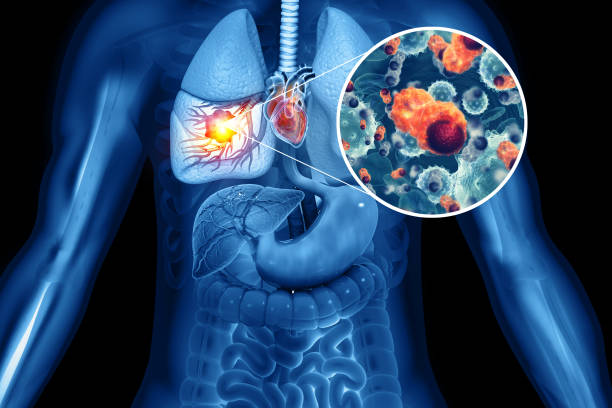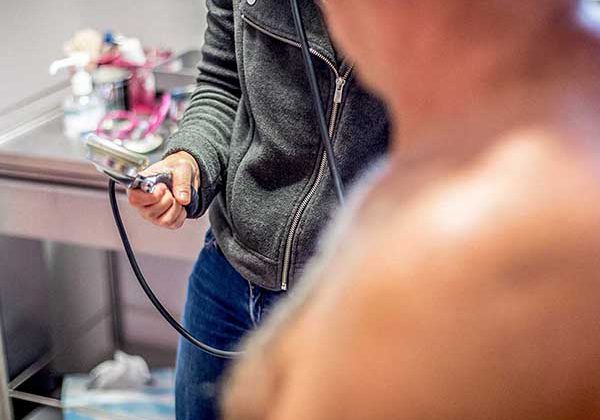Sexual enjoyment following childbirth is not altered by different delivery methods, research suggests
Sexual enjoyment in the years following childbirth is unaffected by the way in which the baby is delivered, according to new research. The study, published in BJOG, was led by researchers at the University of Bristol and Karolinska Institutet in Sweden and used data from Children of the 90s – a longitudinal study of over 14,000 individuals.
The study sought to address whether caesarean sections maintain sexual wellbeing compared to vaginal delivery, due to the reduced risk of tearing and the maintenance of vaginal tone. Findings from previous studies suggest little difference in sexual outcomes between women who had caesarean sections or vaginal delivery by six months following birth. However, few studies had ventured into the post-birth period long-term.
This latest study investigated the relationship between mode of delivery and sexual wellbeing outcomes, including sexual enjoyment, sexual frequency, and sex-related pain, at a range of timepoints post-birth.
Researchers assessed women in different delivery groups up to 18 years following birth and found no difference between caesarean section and vaginal delivery for sexual enjoyment or frequency at any timepoint after childbirth (known as postpartum). However, it was shown that those who delivered via caesarean section were more likely to report sex-related pain at 11 years postpartum, specifically pain in the vagina during sex.
The study did not have access to measures of prenatal sex-related pain for each mother and, therefore, it is unknown from this study whether caesarean section causes sex-related pain, as suggested by the findings, or whether prenatal sex-related pain predicts both caesarean section and postnatal sex-related pain.
Flo Martin, Wellcome Trust PhD Student in Epidemiology in Bristol Medical School: Population Health Sciences (PHS) at the University of Bristol, and lead study author, said: “Rates of caesarean section have been rising over the last 20 years due to many contributing factors and importantly, it has been suggested that caesarean section maintains sexual wellbeing compared to vaginal delivery. It is crucial that a whole range of maternal and fetal outcomes following caesarean section are investigated, including sexual wellbeing, to appropriately inform decision-making both pre- and postnatally.
“This research provides expectant mothers, as well as women who have given birth, with really important information and demonstrates that there was no difference in sexual enjoyment or sexual frequency at any timepoint postpartum between women who gave birth via caesarean section and those who delivered vaginally. It also suggests that a caesarean section may not help protect against sexual dysfunction, as previously thought, where sex-related pain was higher among women who gave birth via caesarean section more than 10 years postpartum.”
Lynn Molloy, Chief Operating Officer at Children of the 90s, said: “It is through longitudinal studies like Children of the 90s, that researchers can provide evidence to help expectant mothers’ make well informed decisions about their preferred choice of delivery in uncomplicated pregnancies, and to support women postnatally if choice was not an option for them in the delivery suite.”
Source: Bristol, University of
Full bibliographic information
‘Mode of delivery and maternal sexual wellbeing: a longitudinal study’ by Florence Z. Martin, Paul Madley-Dowd, Viktor H. Ahlqvist, Egill Jónsson-Bachmann, Abigail Fraser, Harriet Forbes in BJOG [open access].





